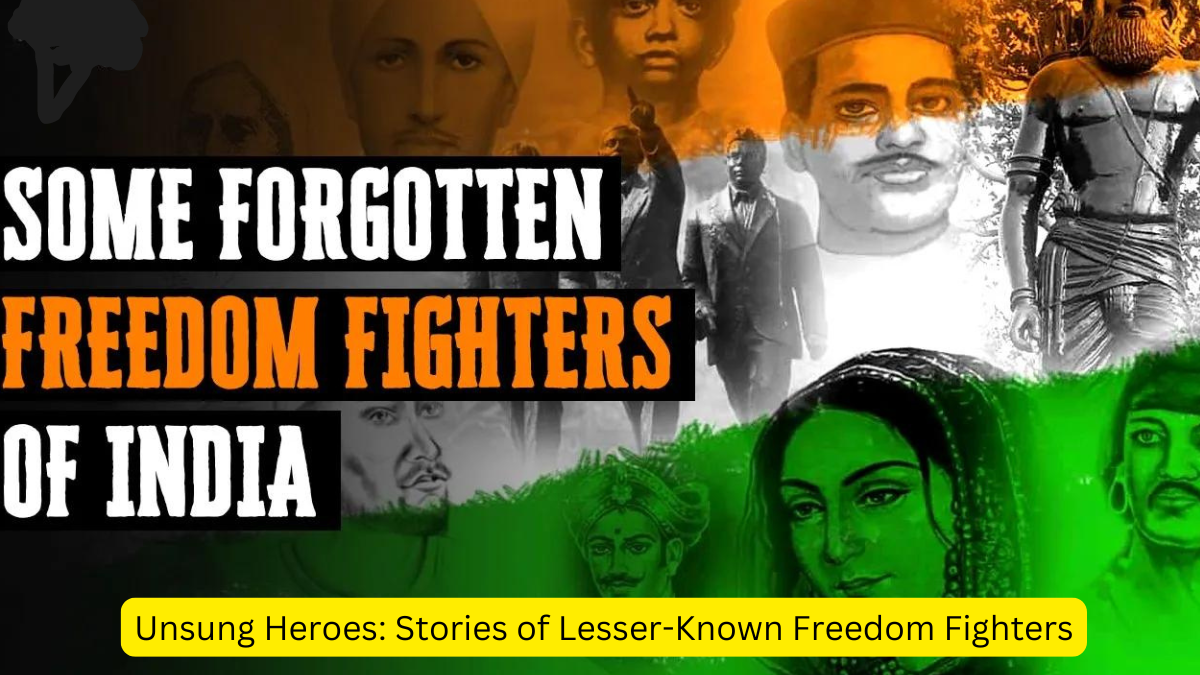Unsung Indian Heroes in World War II: Legacy of Sacrifice
Unsung Indian Heroes in World War II: Legacy of Sacrifice
Syllabus:
GS-1:
World War I , World War II
Focus:
VE Day marks the 80th anniversary of the end of the Second World War in Europe, a moment to reflect on the unsung contributions of Indians like Sitaramaiah and Latif, who played vital roles during the conflict.
Remembering Victory in Europe Day:
- Victory in Europe (VE) Day is commemorated on May 8, marking the official end of the Second World War in Europe in 1945.
- While Europe celebrates this day, India’s role in the war is often overshadowed by the fight for independence.
- This editorial emphasizes the contributions of two unsung Indian heroes—Kolachala Sitaramaiah and Idris Hasan Latif—whose sacrifices and genius played a significant role during the war.
Key Facts About World War II :●Duration and Scope |
The Legacy of Kolachala Sitaramaiah:
Early Life and Education
- Kolachala Sitaramaiah, born in 1899 in Uyyuru, Andhra Pradesh, hailed from a humble background.
- His academic brilliance earned him the chance to study abroad. After migrating to the United States as a coal stoker, he earned master’s degrees in chemistry from Chicago and Yale Universities.
- He went on to secure three patents, highlighting his exceptional scientific mind.
Migration to the USSR and Contribution to the War Effort
- The Great Depression of 1929 pushed him to reconsider the capitalist system, leading him to migrate to the USSR in the 1930s, where he worked in petrochemical research.
- When Hitler invaded the Soviet Union, Sitaramaiah was deeply repulsed by Nazi ideology and the fascist threat. Determined to fight, he volunteered to join the Soviet frontlines.
- Recognized for his intellectual contributions, an officer pulled him from the recruitment line, stating his brain was more valuable than his life as a soldier.
Sitaramaiah’s Role in the War
- Sitaramaiah’s expertise was crucial in solving technical problems faced by Soviet tanks in the early days of the war.
- His development of kerosene-based fuels and specialized lubricants significantly improved the maneuverability and performance of Soviet tanks, especially in sub-zero conditions.
- Sitaramaiah’s contributions were pivotal in the Battle of Kursk (1943), where Soviet T34 tanks outperformed the Nazi Panzer and Tiger tanks for the first time.
Post-War Recognition
- After the war, Sitaramaiah’s research in tribochemistry laid the foundation for chemistry and nuclear fusion
- He was awarded Soviet honors for his contributions, and upon his death in 1977, he was hailed as a great scientist and son of India by K. Gujral, the Indian Ambassador to the USSR.
Idris Hasan Latif: From Royalty to Air Force Hero
Early Life and Military Service
- Idris Hasan Latif, born into an aristocratic family of Yemeni descent in Hyderabad, defied his privileged background and joined the Royal Indian Air Force in 1941.
- Initially, Indian pilots, including Latif, were tasked with flying outdated biplanes on patrol along the North West Frontier.
- However, after the Battle of Britain, Indian pilots were transferred to Britain to prepare for the D-Day landings in Normandy.
Contributions in the War
- By 1944, Idris Latif was engaged in intense aerial combat, flying a Hawker Hurricane in Burma against the Japanese Army and their Zero fighters.
- Despite facing extreme conditions like humid skies, muddy landing strips, and mosquito-infested jungles, Idris continued flying until he fell gravely ill.
- His resilience and dedication made him an invaluable asset during the Burma Campaign, playing a crucial role in crippling the Japanese forces.
Post-War Recognition and Legacy
- Idris Hasan Latif was highly decorated and received British accolades in the VE Day celebrations in London in 1946.
- At the time of Partition, Latif refused to move to Pakistan, declaring that religion had nothing to do with nationality.
- He rose to the rank of Air Chief Marshal and became the 10th Chief of the Indian Air Force in 1978, leaving a profound legacy in India’s military history.
Global Impact of Indian Heroes During the War:
Global Struggles During WWII
- Victory in Europe Day should be seen as a tribute to the millions who contributed globally to the Allied victory during the Second World War.
- While Europe and the USSR bear significant memories of the war, India too faced severe economic hardships and famines during this period.
- The contributions of unsung heroes like Sitaramaiah and Latif underscore India’s important role in the global wartime effort.
Scientific and Military Achievements
- Kolachala Sitaramaiah’s contribution to petrochemical research, particularly in tank fuel and lubricants, proved vital in the success of the Soviet Union on the warfront.
- Idris Hasan Latif’s bravery and flying skills helped turn the tide in Burma, demonstrating the effectiveness of Indian forces in South East Asia.
- Both figures represent the untold contributions that shaped the war’s outcome, paving the way for future developments in military strategy and scientific research.
The Forgotten Heroes of WWII
- The sacrifices of individuals like Sitaramaiah and Latif remind us that every person’s contribution, no matter how humble, can shape the course of history.
- Victory in Europe Day is not only a celebration of Europe’s triumph over fascism but also a moment to remember the unsung heroes from India, whose efforts helped secure victory in the Second World War.
- It is crucial to acknowledge their unseen contributions, ensuring that the history of India’s role in the war is remembered and honored.
Conclusion:
- India’s contribution to World War II, though often overlooked, is immense. Figures like Sitaramaiah and Latif epitomize the selfless dedication and sacrifice of Indians who shaped the war’s outcome without seeking recognition. This Victory in Europe Day, we must remember and honor their legacy.
Source: HT
Mains Practice Question:
Examine the contributions of Indian soldiers and scientists during World War II. How did their efforts impact the outcome of the war and India’s post-war legacy? (50 words)




